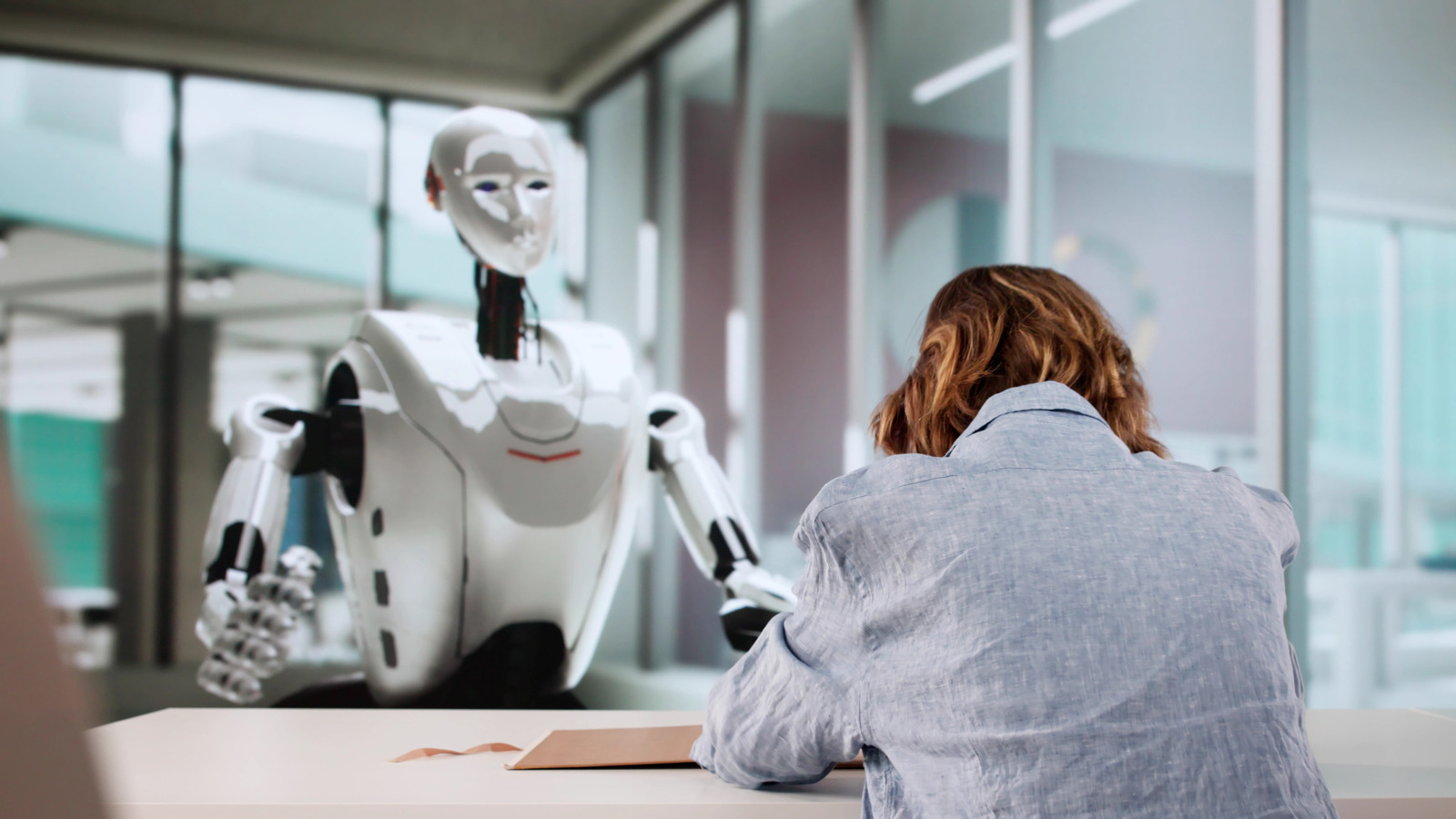If there’s been any seismic shift in the workplace over the last few decades, it’s manifested in the way remote work has become a cornerstone of modern business operations.
Many organizations today have teams distributed over several geographical areas and bridging the gap is a challenge. Phone calls, emails and even Zoom calls simply are not sufficient to replicate the in-office experience.
The question now is whether technology will advance to the point that virtual reality (VR) solutions can revolutionize remote collaboration and allow companies to operate multiple locations in a VR environment.
The best part of VR is that it provides a three-dimensional immersive space where employees can interact as if they were physically present. The addition of AI would probably assist in making these virtual environments even more realistic. This type of innovation would certainly address the limitations of traditional video conferencing as seen with Zoom or Microsoft Teams for instance. These technologies might be good for certain uses, but they lack the depth and engagement of face-to-face interaction.
One of the fun aspects of VR is the ability to create virtual offices – digital workspaces in which employees, represented by lifelike avatars, can collaborate in real time. AI algorithms power these avatars, enabling them to mimic natural human behaviors, such as gestures, facial expressions, and even tone of voice.
A terrific emerging technology that has existed for a while now but is reaching perfection today is real-time language translation. Language barriers have long been a challenge for global teams. AI-driven translation tools, such as those powered by natural language processing (NLP), are now being integrated into VR platforms. These tools are now able to translate speech in real time, displaying subtitles or dubbing voices in a user’s native language. For instance, a team member in Japan can speak in Japanese, while a colleague in Brazil hears the conversation in Portuguese, all within a shared VR environment. This capability allows employees from various geographical regions to collaborate on projects even if they do not speak the same language. This is groundbreaking.
The virtual environment can also be altered to accommodate one-on-one meetings or large boardroom meetings. Users can even alter the room to accommodate client presentations.
AI is a VR environment is useful for scheduling, note taking, or action-item tracking. Transcription tools are easily integrated into a VR environment so that conversations and discussion can be transcribed, with key points summarized and follow-up tasks assigned in real-time. AI and VR working seamlessly together can function as a high-speed virtual assistant capable of performing multiple tasks at once with high accuracy and minimal input.
Several companies are already pioneering AI-VR integration for remote work. Meta’s Horizon Workrooms, for example, allows teams to collaborate in virtual meeting rooms with spatial audio and interactive whiteboards.
Similarly, Spatial, a VR collaboration platform, uses AI to create cross-platform compatibility, allowing users on different devices—VR headsets, laptops, or smartphones—to work together seamlessly.
Firms like Accenture have adopted AI-VR solutions to host global meetings and training sessions. Accenture’s “Nth Floor” virtual campus enables employees to attend workshops, network with colleagues, and even explore virtual replicas of physical offices.
Beyond corporate settings, AI combined with VR is making waves in education and healthcare. Universities now use virtual classrooms to connect students across continents. In healthcare, VR simulations allow medical professionals to practice surgeries or collaborate on patient care plans remotely, improving access to expertise.
Unfortunately, despite its potential, AI-VR integration for remote work still faces several major hurdles before it can be widely adopted. Cost and accessibility remain significant barriers, as high-quality VR headsets and AI-powered software are highly expensive. VR devices like the Oculus Quest 3 or Apple Vision Pro might become more affordable, but their price prevents widespread adoption.
While challenges remain, ongoing innovations will pave the way for a future where virtual offices imitate their physical counterparts sufficiently enough that companies will integrate them permanently as part of the workday.
Tomorrow’s workplace promises to be more immersive and perhaps even more fun.








